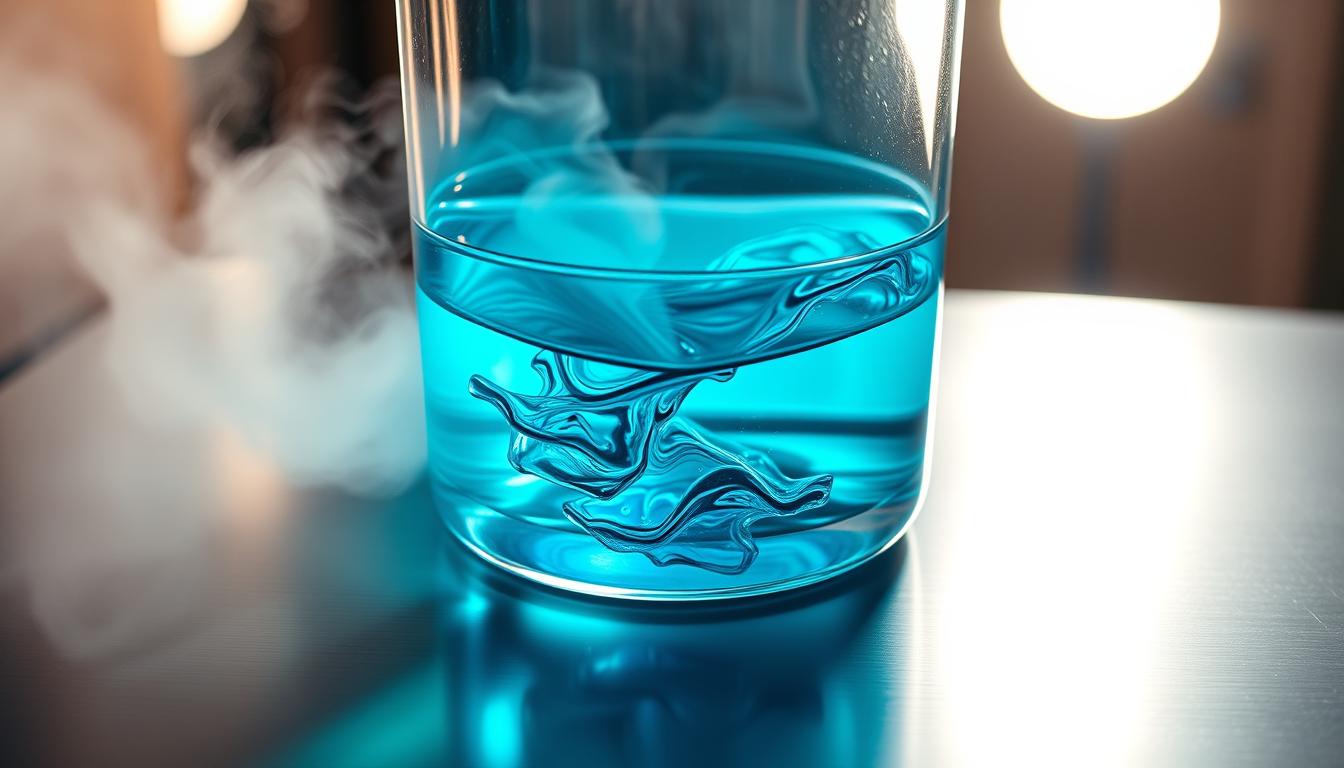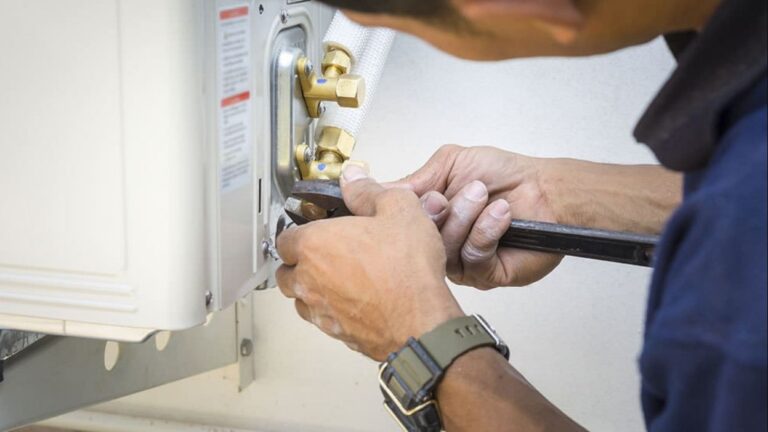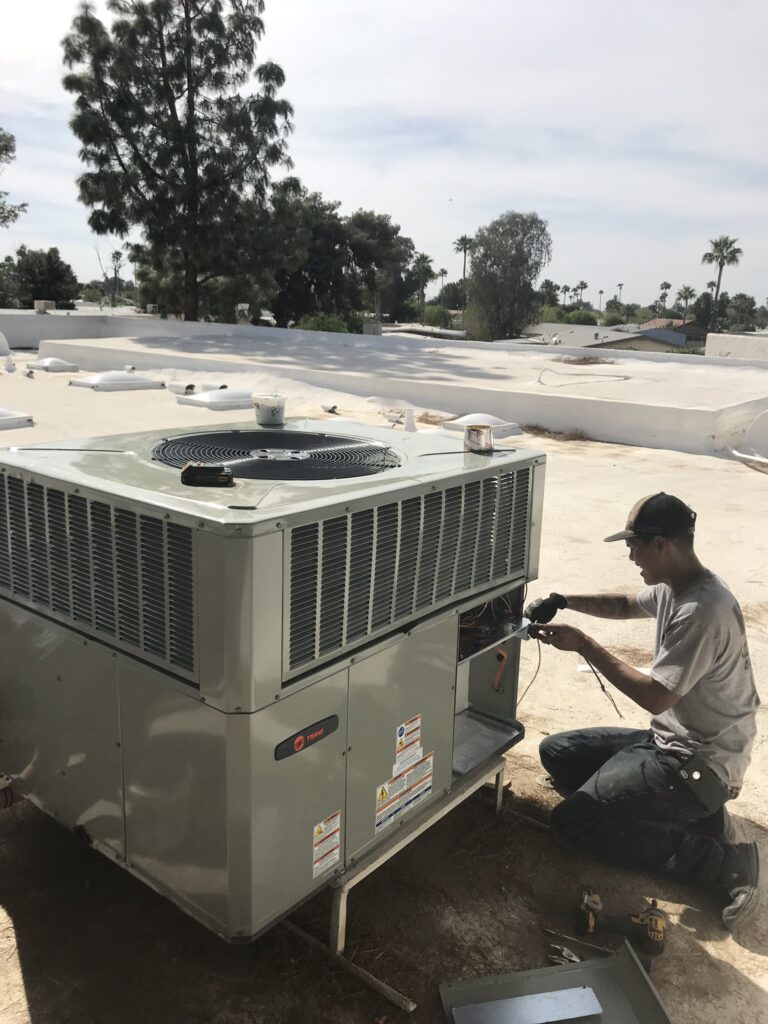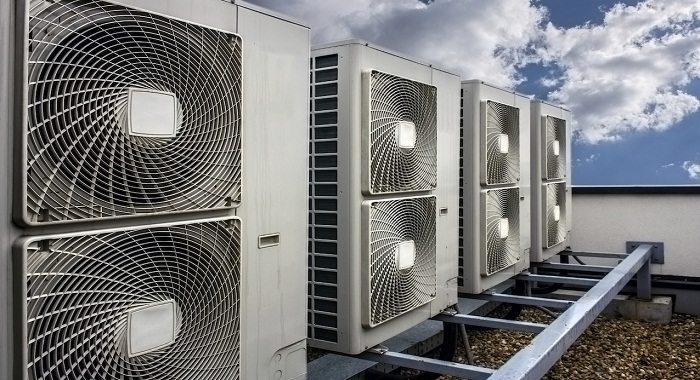Freon vs Puron: What’s the Difference and Why It Matters for Your AC
The debate between Freon and Puron has significant implications for homeowners with air conditioning systems, affecting both performance and environmental impact.
Refrigerant plays a crucial role in cooling the air during summer by taking heat from inside the home and transferring it outside. In winter, it reverses this process. This is made possible by pressurizing the refrigerant into a gas that circulates between indoor and outdoor components of HVAC systems.
As environmental regulations continue to evolve, understanding the differences between Puron and Freon helps homeowners make informed decisions about their HVAC systems and potential upgrades. For more detailed information on the differences and implications, you can visit this resource.
Key Takeaways
- Understanding the differences between Freon and Puron is crucial for homeowners.
- Puron is considered more environmentally friendly than Freon.
- The refrigerant industry has undergone significant changes due to environmental regulations.
- Puron systems are generally more energy-efficient than Freon systems.
- Homeowners need to consider the future outlook for both refrigerants when making decisions about their HVAC systems.
Understanding Refrigerants in Your Air Conditioning System

Understanding the role of refrigerants is essential to appreciating how your air conditioner works. Refrigerants are chemical compounds that change state from liquid to gas as they absorb and release heat, facilitating the cooling process in your air conditioning system.
What Refrigerants Do and How They Work
Refrigerants are specialized chemical compounds designed to absorb heat from one area and release it in another through a continuous cycle of evaporation and condensation. In your air conditioning system, the refrigerant circulates between the indoor evaporator coil and outdoor condenser unit, removing heat from your home and expelling it outside. This process is crucial for the cooling of your home.
The refrigerant’s ability to change states from liquid to gas at specific temperatures and pressures is what makes the cooling process possible and efficient. This characteristic allows the refrigerant to perform its job effectively, ensuring your home remains cool and comfortable.
The Evolution of AC Refrigerants Over Time
Early refrigerants like R12, developed in the 1930s, were effective but contained chlorofluorocarbons (CFCs) that severely damaged the ozone layer. Over time, the industry moved towards more environmentally friendly options. Freon (R22) replaced earlier refrigerants in the mid-1990s as a step toward reducing environmental impact, though it still had significant drawbacks.
The evolution continued with the introduction of Puron (R410A), an EPA-approved alternative following the Clean Air Act of 2010. Puron offers better environmental performance and energy efficiency compared to Freon. Understanding this evolution helps explain why the industry continues to develop new refrigerant blends that balance performance with environmental responsibility.
| Refrigerant Type | Environmental Impact | Energy Efficiency |
|---|---|---|
| R12 | High Ozone Depletion | Moderate |
| Freon (R22) | Moderate Ozone Depletion | Good |
| Puron (R410A) | Low Environmental Impact | High |
Freon vs Puron: Key Differences Explained
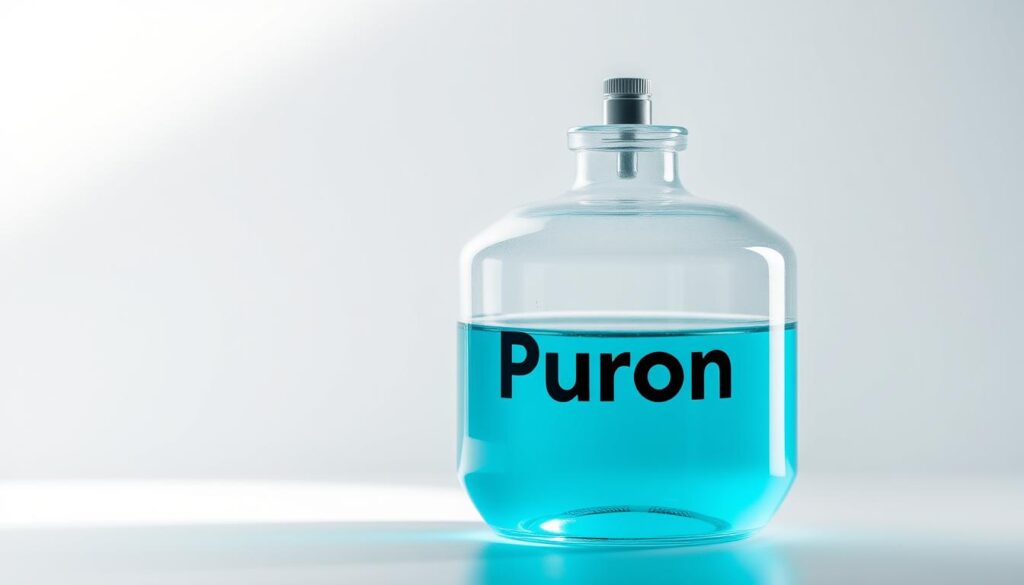
Understanding the differences between Freon and Puron is crucial for homeowners and businesses alike, as it directly impacts the performance and efficiency of their air conditioning systems.
Freon (R22): Properties and Performance
Freon, also known as R22, was a widely used refrigerant in HVAC systems. It provided a greener alternative to the previously used R12. However, Freon operates at lower pressure than Puron, which means systems designed for Freon cannot safely use Puron without significant modifications. Additionally, Freon systems typically use mineral oil for compressor lubrication, which is not compatible with the synthetic oils required by Puron systems.
As Freon production was phased out due to environmental concerns, supplies have dwindled, and prices have increased. This phase-out has significant implications for the maintenance and repair of Freon-based systems.
Puron (R410A): Properties and Performance
Puron, or R410A, represents a shift towards more environmentally friendly refrigerants. Puron can absorb and release heat more effectively than Freon, resulting in better energy efficiency and performance, especially during extreme temperatures. Systems designed for Puron operate at pressures approximately 50% higher than Freon systems, requiring more robust components.
Efficiency and Cost Comparison
The efficiency and cost differences between Freon and Puron are significant. Puron systems are more energy efficient, which translates to lower energy bills for homeowners, with potential savings of 5-10% on cooling costs compared to older Freon systems. Moreover, Puron systems typically achieve higher SEER ratings, indicating better performance and lower operating costs over the system’s lifetime.
| Characteristics | Freon (R22) | Puron (R410A) |
|---|---|---|
| Operating Pressure | Lower | Higher (approx. 50% more) |
| Lubrication Oil | Mineral Oil | Synthetic Oil |
| Energy Efficiency | Lower | Higher |
| SEER Rating | Lower | Higher |
| Environmental Impact | Ozone-depleting, phased out | More environmentally friendly |
| Cost | Increasing due to scarcity | More affordable due to greater supply |
For those considering replacing their HVAC system, understanding these differences is crucial. You can learn more about the costs associated with replacing an HVAC system here.
Environmental Impact and Regulatory Changes

As the world grapples with climate change, the role of refrigerants in air conditioning systems is under scrutiny. The environmental impact of these substances has become a significant concern, driving regulatory changes and industry shifts towards more sustainable options.
The Clean Air Act and Freon Phase-Out
The Clean Air Act amendments of 1990 marked the beginning of the end for ozone-depleting substances, including Freon (R22). The Act mandated the phase-out of such substances, with specific timelines for different refrigerants. By January 1, 2020, the production of R22 was ceased, significantly impacting the air conditioning industry.
The phase-out of Freon was a critical step towards protecting the ozone layer. However, the use of reclaimed or recycled R22 is still permitted for servicing existing systems, allowing homeowners to maintain their current AC units.
Ozone Depletion and Global Warming Potential
Freon (R22) is a hydrochlorofluorocarbon (HCFC) that contributes to ozone depletion, with an ozone depletion potential (ODP) of 0.055. In contrast, Puron (R410A) has an ODP of zero, making it a more ozone-friendly alternative. However, Puron has a global warming potential (GWP) of 2,088, which is concerning from a climate change perspective.
| Refrigerant | Ozone Depletion Potential (ODP) | Global Warming Potential (GWP) |
|---|---|---|
| Freon (R22) | 0.055 | 1,810 |
| Puron (R410A) | 0 | 2,088 |
The trade-off between ozone depletion and global warming potential is a complex issue. While Puron is better for the ozone layer, its GWP is still a concern. The industry is moving towards refrigerants with lower environmental impacts.
Current Regulations and Future Outlook
The regulatory landscape continues to evolve, with the Kigali Amendment to the Montreal Protocol targeting hydrofluorocarbons (HFCs) like Puron for future phase-down due to their global warming impact. The EPA’s Significant New Alternatives Policy (SNAP) program is evaluating and approving new refrigerants with lower environmental impacts.
“The industry is preparing for further regulatory changes that will likely phase down Puron in the coming decade, pushing towards refrigerants with even lower environmental impacts.”
Current regulations prohibit the manufacture and import of Freon but allow its use in existing systems. The industry is shifting towards more sustainable refrigerants, and homeowners should be aware of these changes when maintaining or upgrading their air conditioning systems.
Alternative Refrigerants to Consider
As the air conditioning industry continues to evolve, alternative refrigerants are gaining attention for their potential to replace traditional options like Freon and Puron. The need for alternative refrigerants arises from the environmental concerns associated with the current refrigerants in use. For systems still using Freon (R22), several drop-in replacement options exist that don’t require major equipment modifications.
Freon Replacement Options
For existing Freon systems, several alternatives have been developed to minimize the need for significant equipment upgrades. MO99 (R438A) is one such option that closely matches Freon’s performance characteristics, making it suitable for systems with significant service life remaining. R427A is another viable replacement that offers excellent compatibility with existing Freon systems and has a lower global warming potential compared to R22.
R-421A stands out as a non-flammable Freon alternative with pressure characteristics very similar to R22, allowing for relatively straightforward system conversion. These alternatives demonstrate the industry’s efforts to develop refrigerants that balance performance and environmental responsibility.
| Refrigerant | Properties | Compatibility |
|---|---|---|
| MO99 (R438A) | Close match to Freon’s performance | Existing R22 systems |
| R427A | Lower global warming potential | Existing Freon systems |
| R-421A | Non-flammable, similar pressure to R22 | Relatively straightforward system conversion |
Next-Generation Alternatives
The next generation of refrigerants aims to replace both Freon and Puron with options that have minimal environmental impact. Solstice N41 (R466A) is a breakthrough as a non-flammable alternative to Puron with dramatically lower global warming potential. R-454B (XL41) offers a 78% reduction in global warming potential compared to Puron while maintaining similar performance characteristics.
HFC-32 (R-32) has been EPA-approved as a Puron replacement that delivers better energy efficiency while cutting global warming potential by about two-thirds. For more information on alternative refrigerants and their impact on your air conditioning system, visit https://www.2-10.com/homeowners-warranty/refrigerants-alternative-refrigerants-and-your-air-conditioner/.
What This Means for Your Home AC System
With the phase-out of Freon, homeowners are faced with decisions about their air conditioning systems that balance cost, efficiency, and environmental responsibility. If your home air conditioner was manufactured before 2010, it likely uses Freon, which means you’ll face increasingly expensive refrigerant costs for maintenance and repairs.
Homeowners with Freon systems have several options: continue using the system with increasingly expensive R22, retrofit the system to use an alternative refrigerant, or replace the entire system with a new Puron-based unit. When deciding between repair and replacement, consider that a new Puron system typically offers 20-30% better energy efficiency, which can offset the higher initial investment over time.
Refrigerant leaks in any system should be addressed promptly by qualified HVAC professionals, as refrigerants can be dangerous to handle and harmful to the environment. The type of refrigerant your system uses affects not just operating costs but also your home’s environmental footprint and the system’s long-term viability.
- Consider units that use the newest generation of refrigerants with lower global warming potential when purchasing a new air conditioning system.
- Proper maintenance of your current system can extend its lifespan and minimize refrigerant leaks.
- Professional HVAC technicians can provide guidance specific to your home’s needs, helping you navigate the changing refrigerant landscape.
Understanding the difference between refrigerant types empowers homeowners to make informed decisions about their air conditioning systems. By considering the implications of Freon vs. Puron and taking proactive steps, homeowners can maximize comfort, efficiency, and environmental responsibility.

